Social Fabric brings together a group of contemporary fashion designers and artists that explore the cultural fabric of fashion, and its rituals and trepidations. Contemporary fashion designers are spearheading a new critical way of making and consuming fashion. They are exploring complex cultural issues as well as the role of fashion in society.
Fashion is part of our everyday life, and it speaks volumes of our connections. Even a single item of clothing can link us to communities and networks; and how we consume and produce fashion is tied to complex cultural behaviours, locally and globally. Fashion feeds on collective consumption where we use objects to show social status. In contrast, fashion also connects us in proactive and critical communities where creating is an act of activism that expresses solidarity and resistance.
The exhibition presents fashion, textile art, sculpture and film. It includes both established and emerging designers and artists from the Nordics and Northern Europe.
This exhibition is the third instalment of a wider, ongoing Nordic collaboration between ALPHA, Röhsska Museum of Design and Craft, the National Museum of Norway in Oslo, Copenhagen Contemporary and EMMA – Espoo Museum of Modern Art.
It is curated by Ane Lynge-Jorlén and co-curatored by Reetta Kalajo.
Abbas Mandegar
Abbas Mandegar
Jeremy Hutchinson
Lauri Greis
Duran Lantink and Pennywafelhuis
Margaret Abeshu
Sasha Heinsaar
Linea Matei
Gallery view with Idaliina Friman, Sasha Heinsaar, Linea Matei, Margaret Abeshu, Sinéad O’Dwyer and Sofie Winther
Gallery view with Sofie Winther, Lauri Greis, Duran Lantink and Aalto University collaboration by Apollo Da Costa Doria, Nhung Huynh, Y Kiili, Kuutti Lemmetyinen and Ruusa Vuori
Images by Paula Virta / EMMA - Espoo Museum of Modern Art
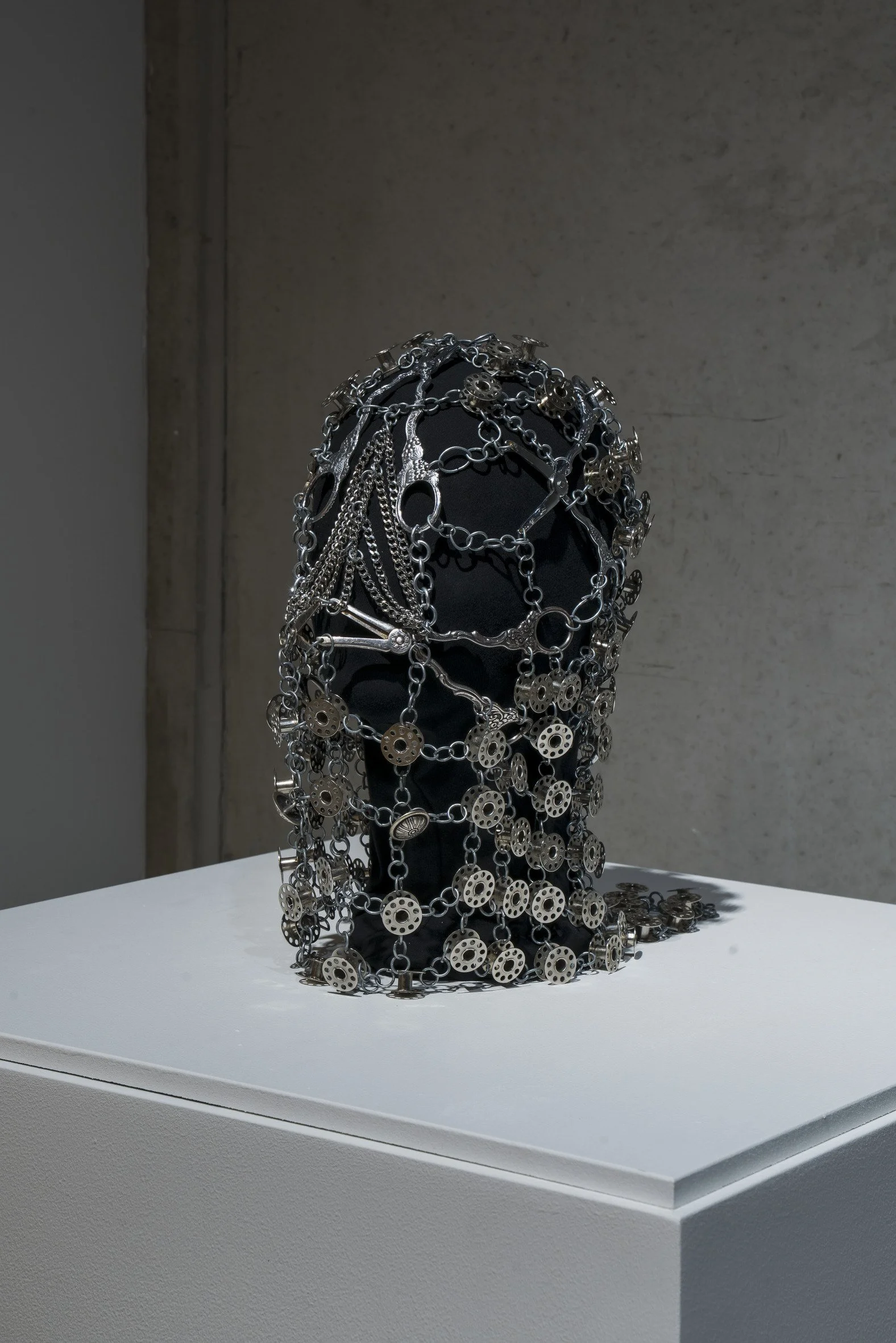
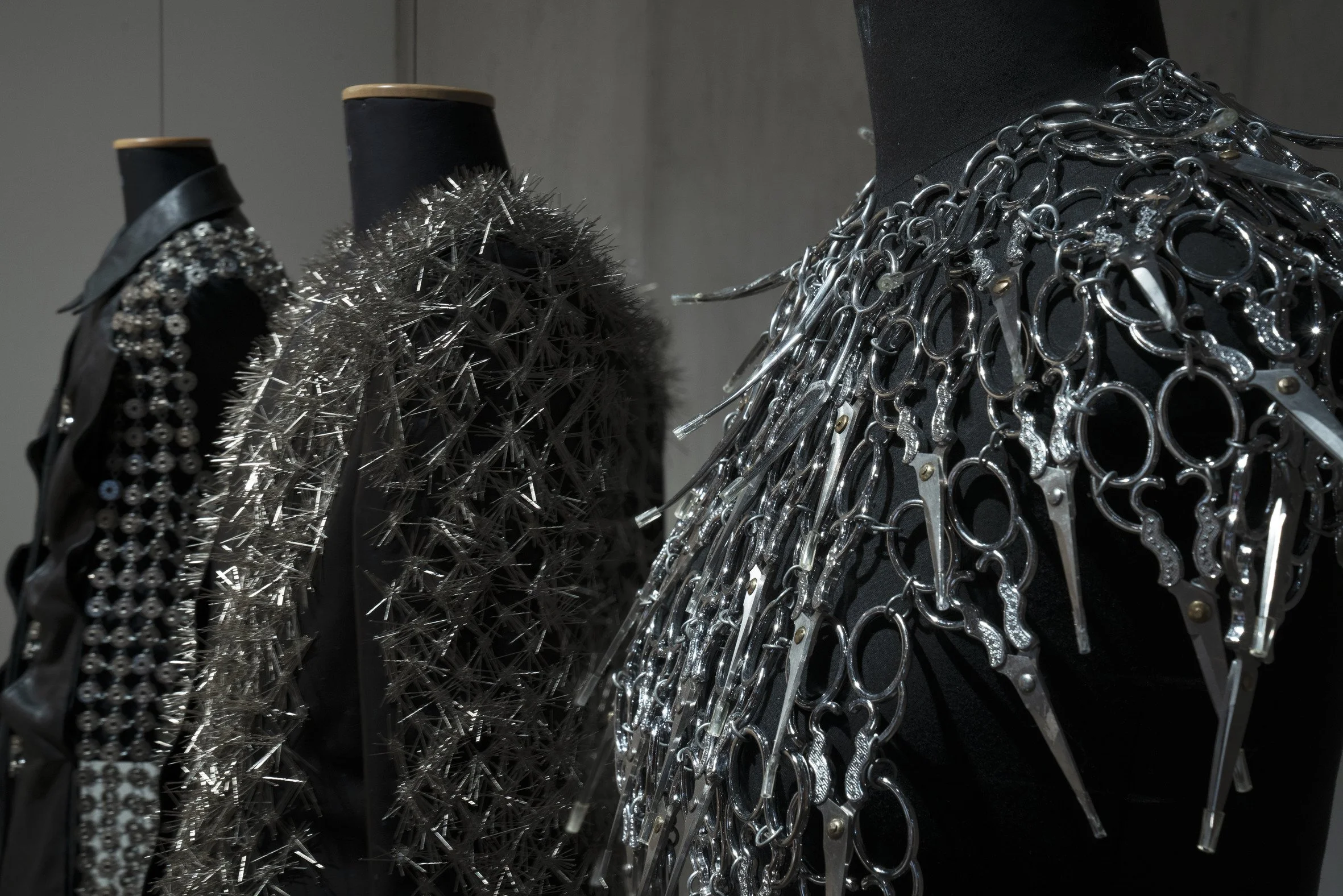


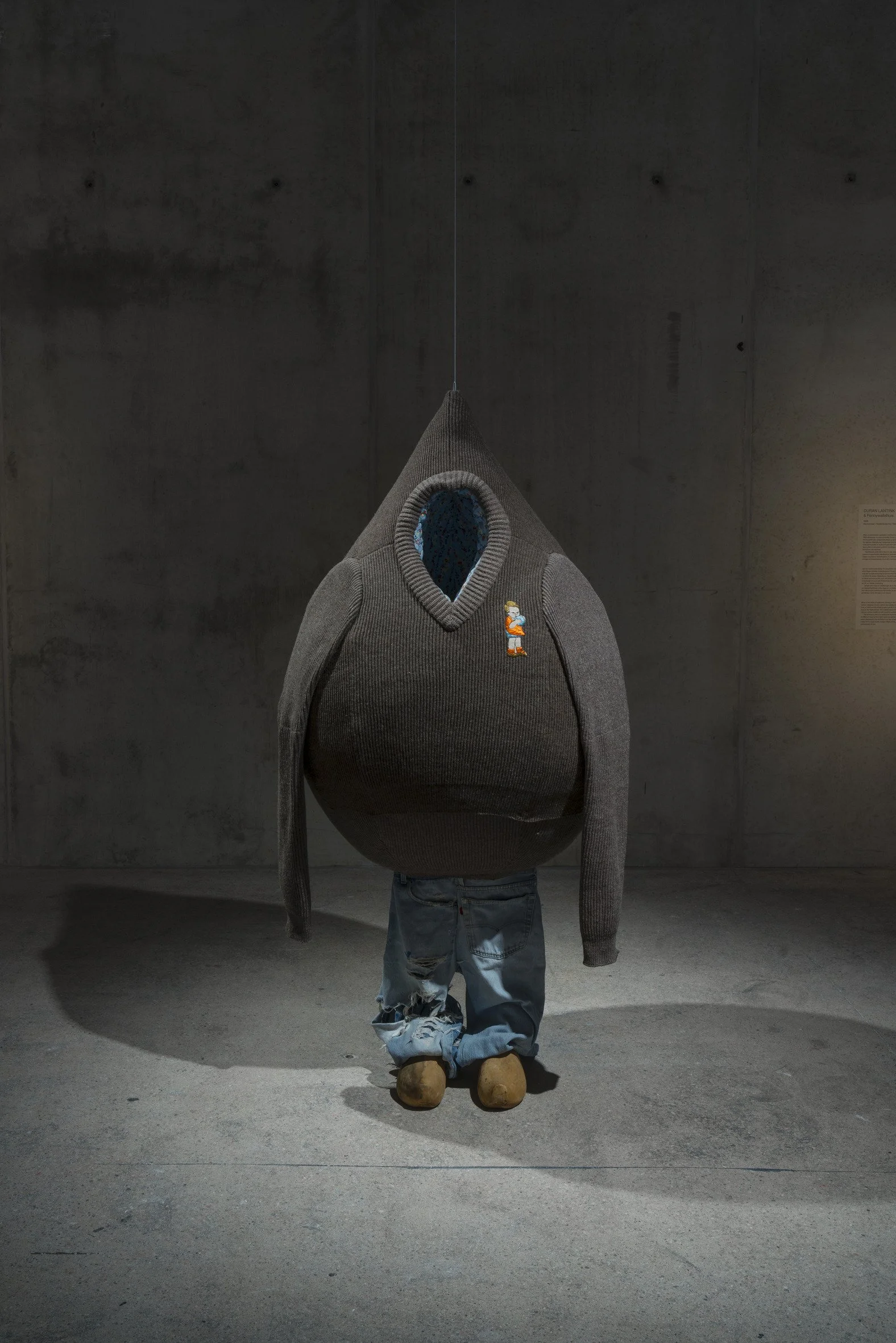
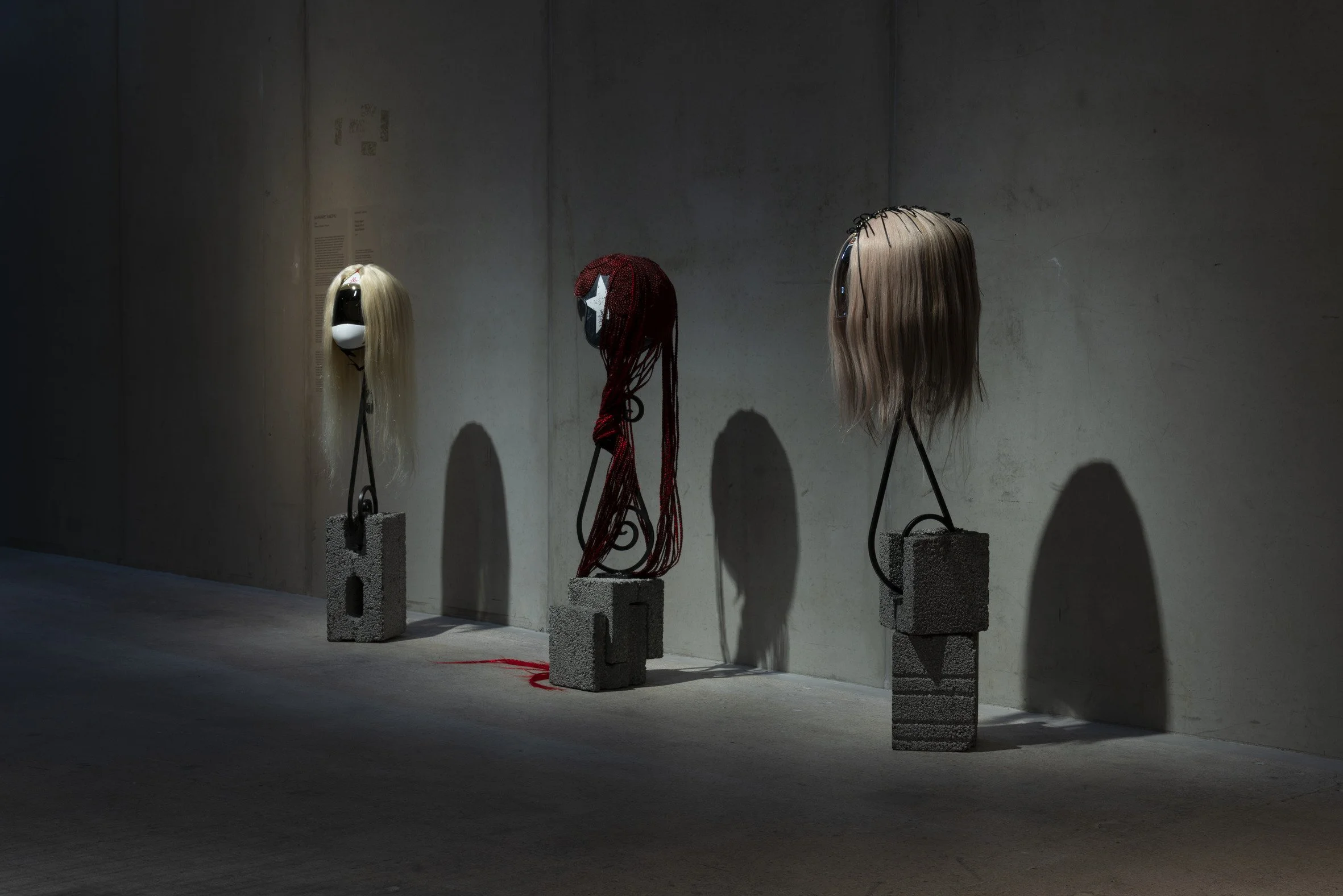
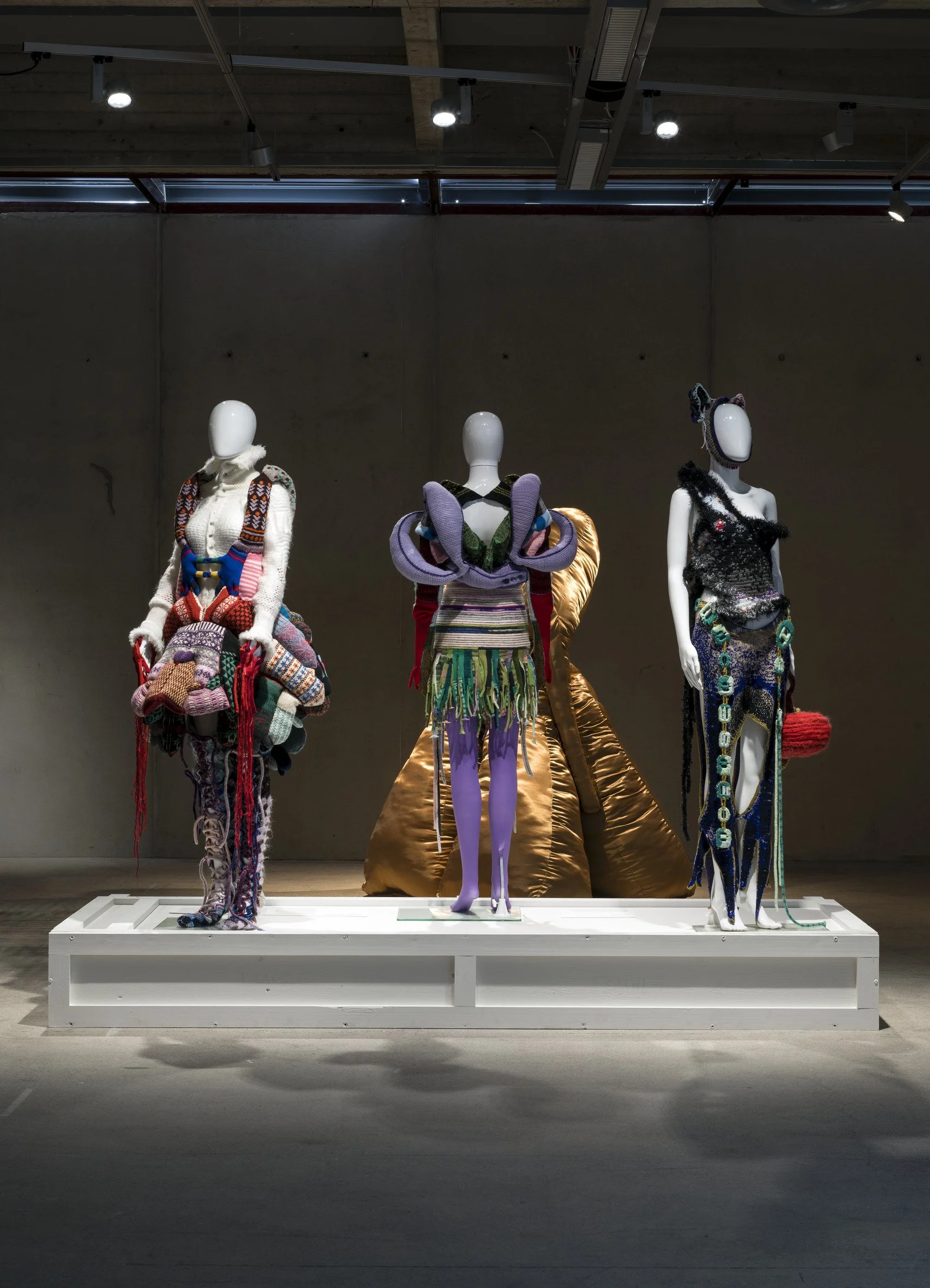

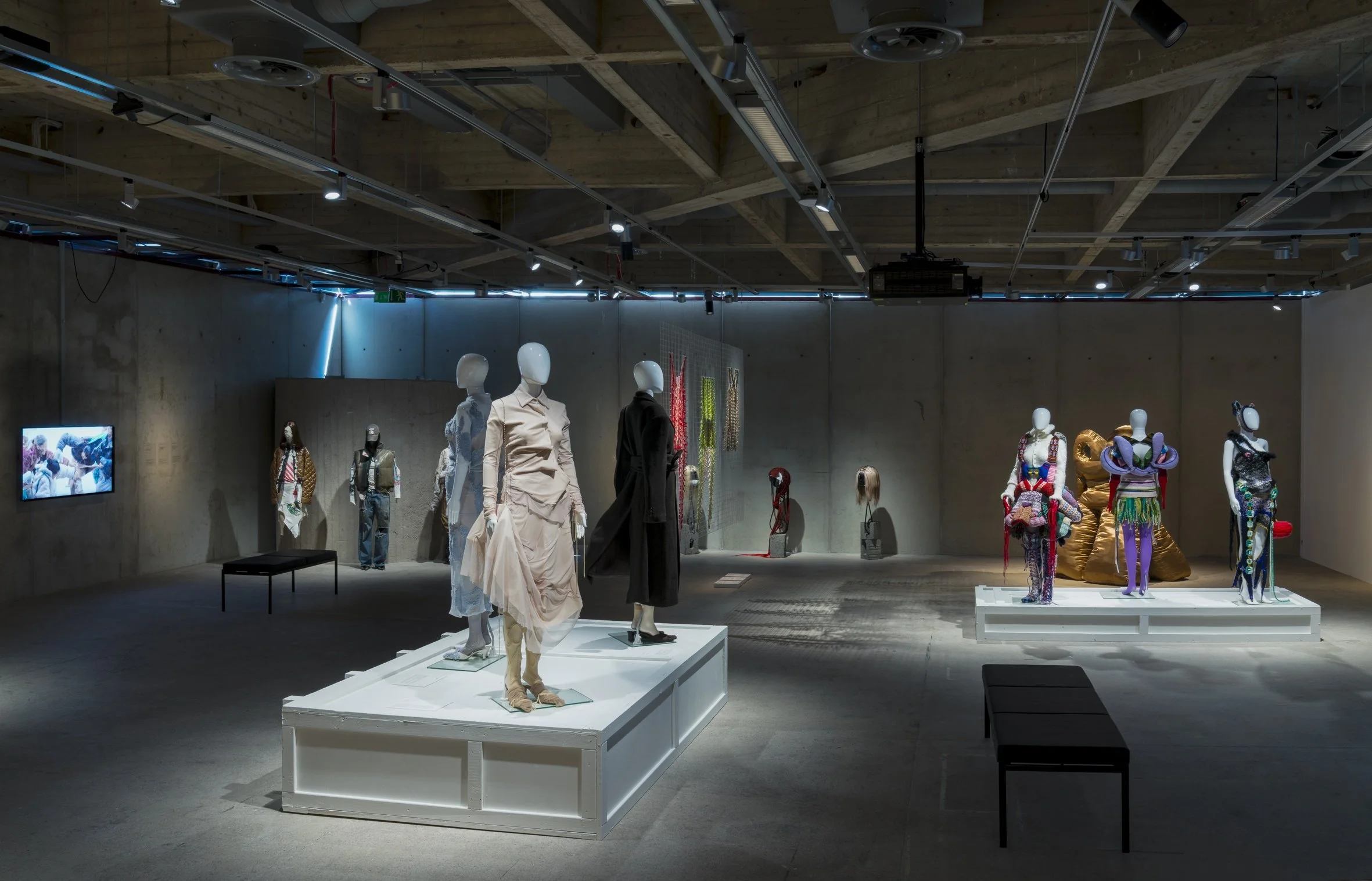
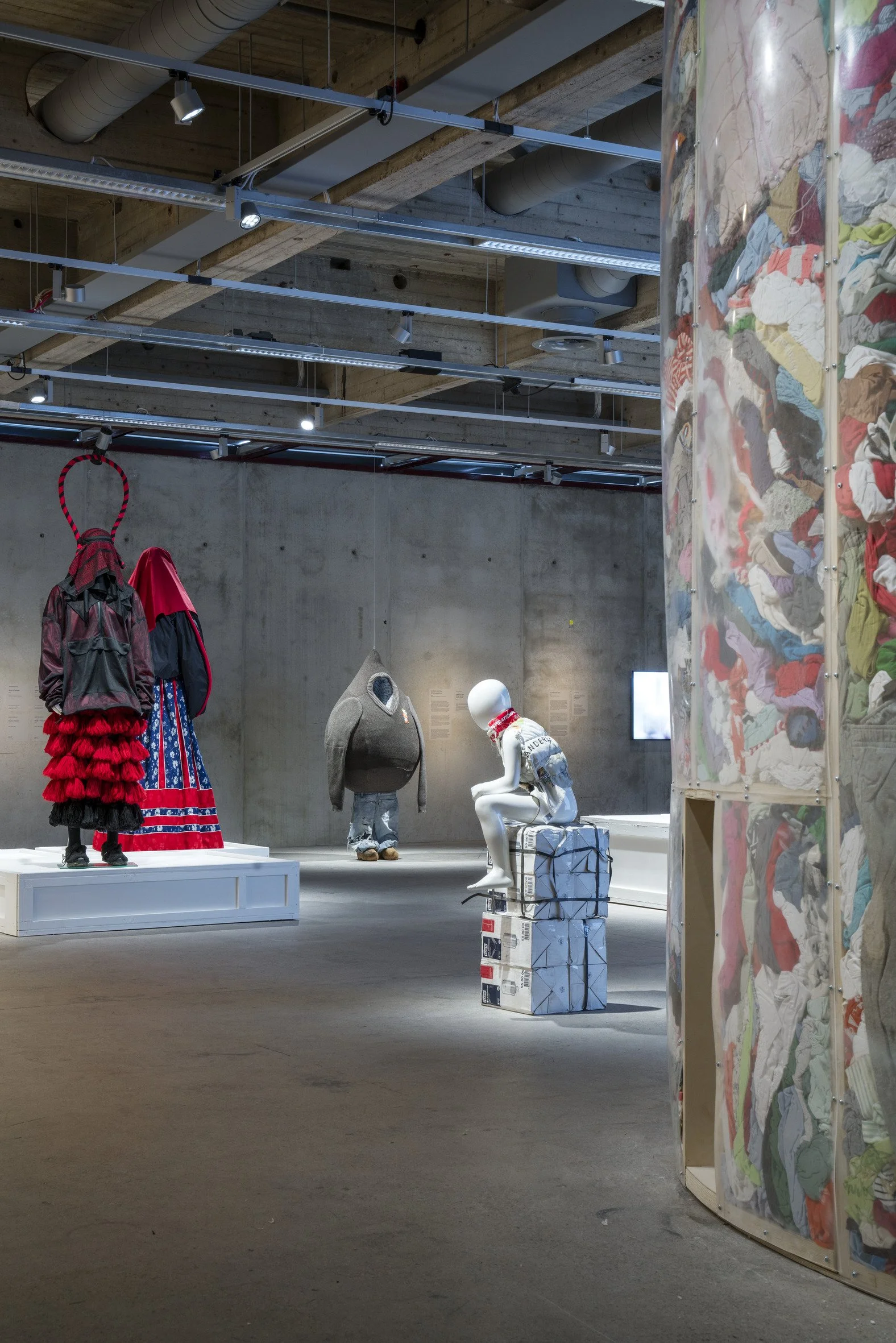
Social Fabric
EMMA - Espoo Museum of Modern Art, Finland, 23 May - 7 December 2025